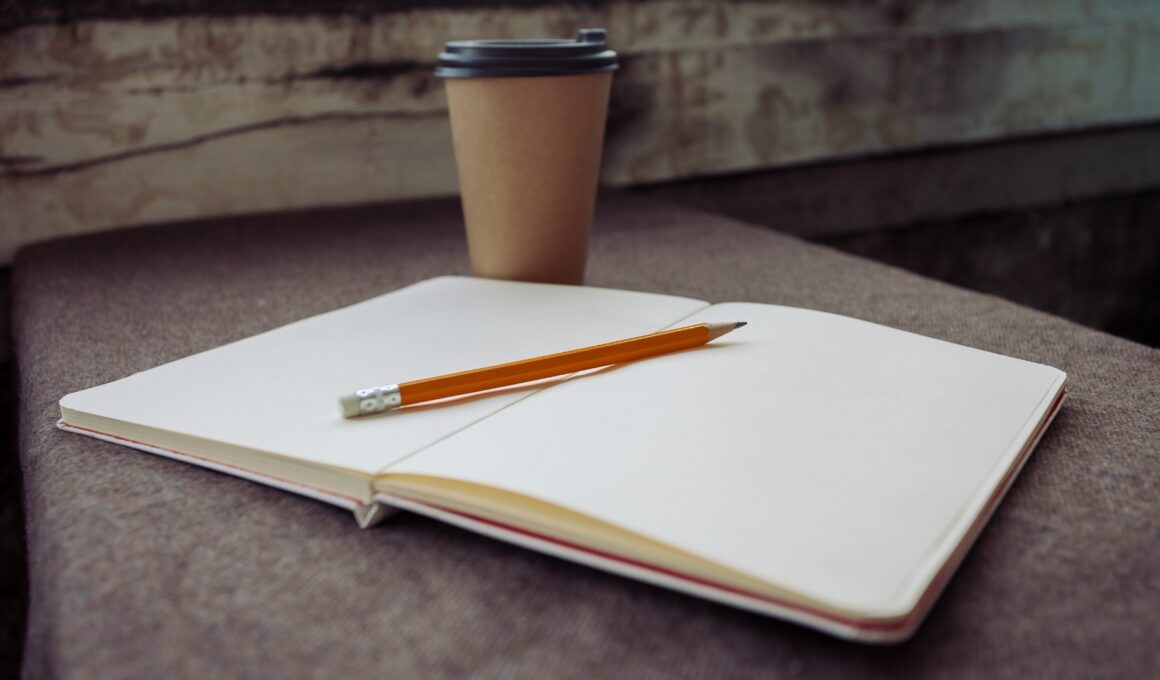With devices like the Jawbone UP, the Microsoft Band and the Fitbit grabbing headlines, it seems that health and fitness tracking are currently all the rage.
But if you think that this is a new trend or a new concept, then you’ve got another thing coming. Fitness tracking goes back as far as fitness in general and there are actually countless ways you can track your health and collect data from your body.
Let’s take a look at some of them…
Pen and Paper
The ultimate health tracking device will set you back less than a dollar (or a pound if you’re in the UK, like me) and doesn’t have a single chip inside.
Yep, the notepad is a pretty versatile health tracking tool that you can use to track your calories, keep a note of your workouts, monitor your personal bests, write down your heart rate and even just keep tabs on how you feel.
That last point is something that everyone should be doing. When you wake up first thing in the morning, try making a note of how you feel on a scale of one to ten – one being not so good and ten being amazing. If you’re successfully tracking other aspects of your health and routine such as your diet and what time you go to bed, then potentially you can use this information in order to notice correlations. Maybe you feel great on all the days you don’t drink caffeine. In which case, you know what you have to do!
Ultimately, how you feel is probably the most important aspect of your health and what everything else is all about anyway. Yet it’s missed out by a large number of health apps (though not all!). Time to bring out the big guns: the pen and paper!
Grip Strength
Grab yourself a hand dynamometer (about $30 on Amazon) and you can measure your grip strength up to 100Kg. Simply grab the handles and squeeze and a readout will pop-up telling you how tough your hands are. This is a great indicator of your overall strength and training your grip specifically is a great idea for anyone who wants to improve their lifts.
Pulse
A useful, basic measure of your health is your pulse. If you can find your pulse, it means you’re alive, which is the most basic requirement for your health…
What’s more though, is that it can also show you hard you’ve been training, it can give you hints regarding your blood pressure and more. And you do not need a watch or any other device to do this. The easiest way to track your heart rate is simply to take two fingers (not your thumb, as that has a pulse too), rest them on your wrist and then count the heartbeats in 30 seconds. Times that number by two and you have your resting heart rate.
The Gym
Another option? Use the machines in the gym. Most of these come equipped with heart rate monitors and you can just make a note of how your heart rate was during your run or elliptical machine usage. You can even measure your heart rate on the treadmill after you do other types of workouts!
The gym is also a great place to measure your strength. Just track how your one rep max is increasing, or the number of repetitions you’re able to pump out and you’ll hopefully see steady improvements. Compare this with the training you’re doing and look at which training styles are yielding the best results.
Filming
Some cool new devices are available now that can measure your form in the gym. They include the likes of ‘Push’ and ‘Atlas’. If you really want to check out your form on your lifts though, the easiest way to do that is just to set up a camera to film them. When you play it back, you’ll find that the mistakes are often glaringly obvious.
You can also do the same when you’re working – try filming yourself to see what your posture is like. Or film yourself when you’re sleeping to see how much you toss and turn. Having a motion sensor on the camera will help with this too as it means you won’t have 8 hours of footage.
Weight Loss
Measuring your body fat is a little more difficult but there are some cool options. The easiest way to measure weight loss overall is simply to step on a set of scales – which is a type of fitness tracking that most of us already do.
The problem with this is that it doesn’t actually tell you about fat loss because it doesn’t differentiate between fat and muscle.
A more useful option then is often to decide where you want to lose fat – that will likely be around the waist for many people – and then to measure that. Just measuring your waist is a great way to decide if your current diet is working as well as you’d hoped, though note that you might be losing weight from elsewhere even if you don’t see any changes here. For that reason, the next option might interest you…
Photos
Another way to look at your body changing over time is just to take photos. Give those photos a time stamp and that way you can see how you look when you use X training program or X diet and refer back to that.
And while you might not notice much in the way of changes right away, if you compare your physique over time, it can be quite impressive.
Muscle Measurements
Just as you can measure your waist, you can also measure your biceps, quads, chest and any other part of your body to monitor muscle growth. This is something bodybuilders have been doing since day one – once again demonstrating that there’s really nothing new about tracking your health and fitness!




